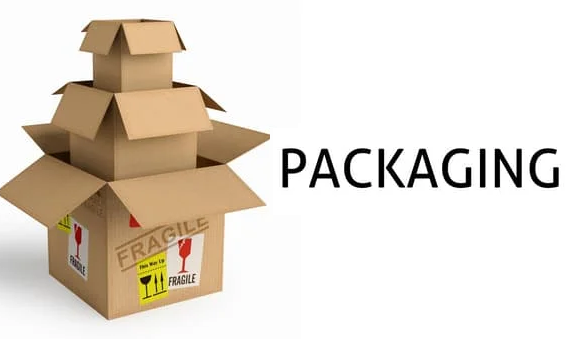
It is the process of using product packaging as a marketing tool that aims to attract attention and enhance the value of the product in the eyes of the consumer. Packaging plays a vital role in communicating with the consumer, conveying the brand message, highlighting the benefits of the product, and can be a means of differentiating between different products in the market.
Characteristics of Packaging Marketing
1. Visual appeal: Attractive packaging design plays a major role in attracting the attention of consumers.
2. Functionality: Packaging must be able to protect the product and ensure that it reaches the consumer in good condition.
3. Communication: Packaging must convey important information such as ingredients, usage, and benefits.
4. Sustainability: Eco-friendly packaging has become a distinctive feature of many brands.
5. Differentiation: Using a unique design, colors, and logos that distinguish the product from others.
Benefits and features of packaging marketing
1. Enhancing brand identity: Unique packaging enhances the brand's distinction and creates a lasting impression on consumers.
2. Increase sales: Good packaging attracts potential customers and motivates them to buy the product.
3. Product Protection: Packaging protects the product from physical and environmental damage during shipping and storage.
4. Improving the customer experience: Distinctive packaging can contribute to improving the user experience and increasing customer satisfaction.
5. Silent Marketing: Packaging acts as a permanent marketing tool that exposes the product to consumers even after purchase.
Disadvantages of Packaging Marketing
1. High cost: The cost of designing and manufacturing distinctive packaging can be high, which affects the price of the final product.
2. Environmental damage: Packaging that is not biodegradable or recyclable contributes to increased environmental pollution.
3. Consumer manipulation: Some types of packaging may deceive consumers by making the product appear larger or better than it is.
4. Complexity in design: Complex packaging may make opening the product difficult or annoying for the consumer.
5. Increased waste: Excessive or unnecessary packaging contributes to increased waste.
Types of Packaging Marketing
1. Traditional packaging: It uses regular materials such as plastic and cardboard, which is the most common.
2. Eco-friendly packaging: It is characterized by the use of biodegradable or recycled materials.
3. Smart packaging: contains technologies such as QR codes or RFID chips to interact with consumers.
4. Luxury packaging: used in luxury products and features high-quality materials and designs.
5. Transparent packaging: allows consumers to see the product before purchasing, which increases confidence.
Examples of packaging companies
1. Tetra Pak: known for providing sustainable packaging solutions for food products.
2. EcoEnclose: offers environmentally friendly packaging based on recycled materials.
3. Sana Packaging: specializes in providing plant-based and sustainable packaging solutions for the cannabis industry.
4. Packhelp: provides customized packaging solutions for small and medium-sized businesses.
5. Loop: provides reusable and returnable packaging services.
Packaging marketing is one of the key factors in the success of a product, as it contributes to attracting consumers and enhancing brand identity. Although it has many benefits such as improving sales and protecting the product, it requires significant investment and can cause environmental challenges. Therefore, companies must balance attractive design, functional efficiency, and environmental sustainability when developing packaging marketing strategies.

26/08/2024

31/08/2024
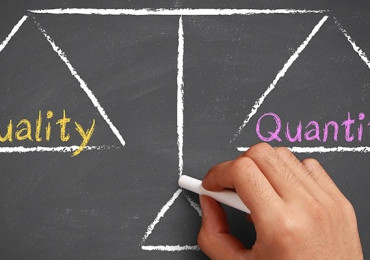
30/08/2024
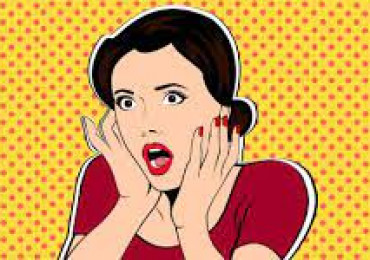
26/08/2024

15/08/2024

30/08/2024
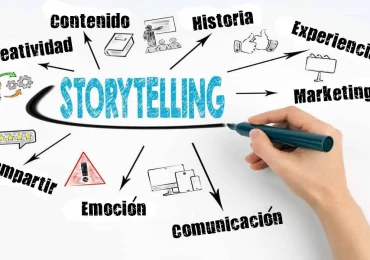
20/08/2024
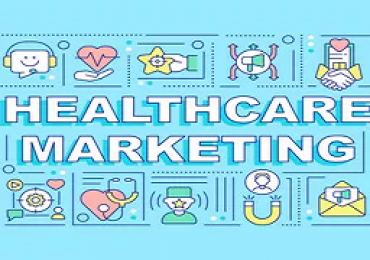
23/08/2024

16/08/2024

17/08/2024

01/09/2024

23/08/2024
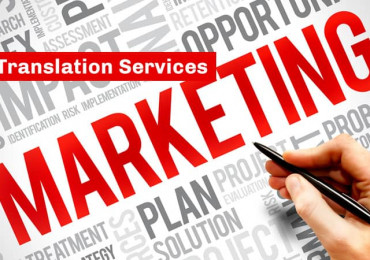
01/09/2024

15/08/2024
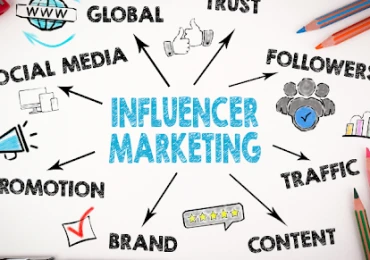
17/08/2024

01/09/2024

18/08/2024

30/08/2024

18/08/2024

18/08/2024